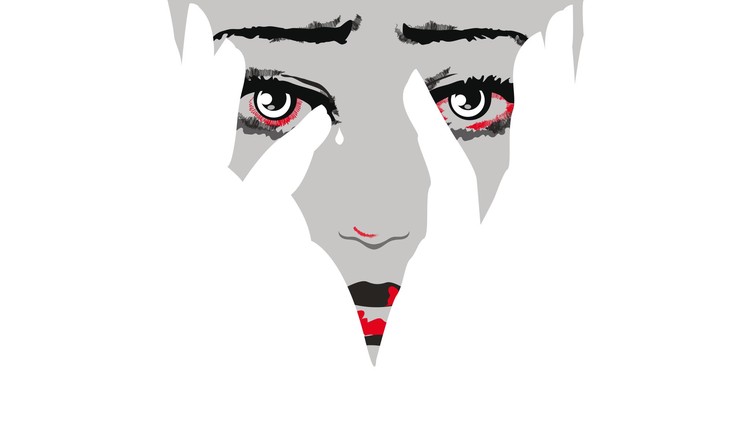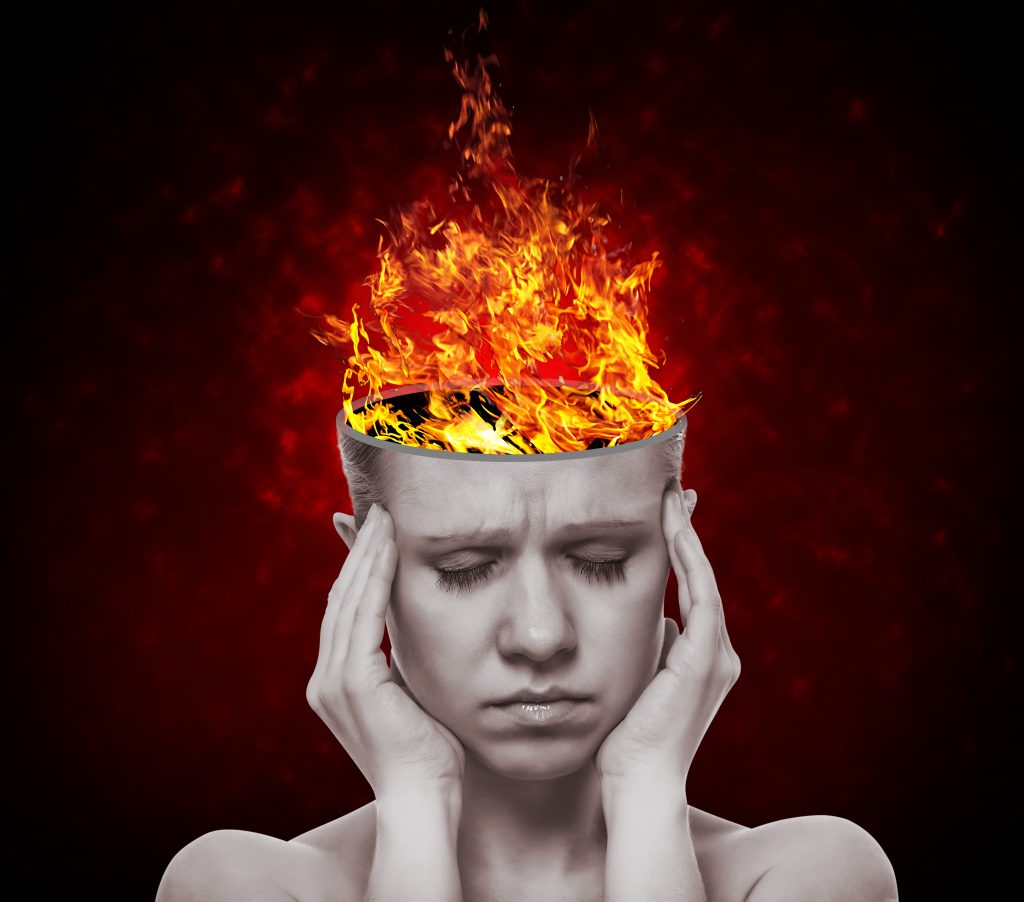I spent some time down by the river today, alternating between reading and swimming, and learned a new concept (and a term to go with it) that I thought I would share with you. I was reading “Cognitive perspectives on dissociation and psychosis: Differences in the processing of threat?” by Dorahy & Green, from the book Psychosis, Trauma & Dissociation.
This chapter discusses an odd finding where people who tend to be paranoid were found to spend less time than normal looking at threatening stimuli, but then when they looked away at relatively non-threatening stimuli, they tended to see more threat in that non-threatening stimuli. This pattern was called a “vigilance-avoidance” method of threat processing, and it was hypothesized that the paranoid people were attempting to avoid the unpleasant feelings resulting from observing the threatening stimuli by looking away, but then since their more automatic perception of threat had been “set off” they then tended to see more threat in the non-threatening stimuli.
In cognitive therapy we call this sort of thing a dysfunctional experience control strategy. The person is trying to perceive less threat, but ends up feeling threatened by stuff that really is relatively safe, which of course makes everyone else think the person is crazy, and of course one can do oneself much good by taking action to protect against threats that aren’t there.
In its more extreme forms, a person may withdraw attention from most of the external world which seems threatening, but then since the automatic aspects of threat perception have already been activated, even the formerly safe internal world begins to be perceived as threatening, and there is no escape.
Lots of fictional tales start with the hero being threatened in some way in a real-world kind of way, then the person journeys into a kind of fantastic land where threat follows them, though in a new and more fantastic form. In stories, the hero often first learns to do something to handle the threat in the fantastic world, then emerges with a new strength that allows him or her to handle the real-world kind of threat.
The key thing is that the person needs to learn how to take a stand and start looking at threats in the eye, not turning away to try to feel better. Unfortunately, most mental health treatment currently is based on helping people avoid having the experience of facing their demons, using everything from drugs to distraction. So it is hard for heroes to emerge from that.



